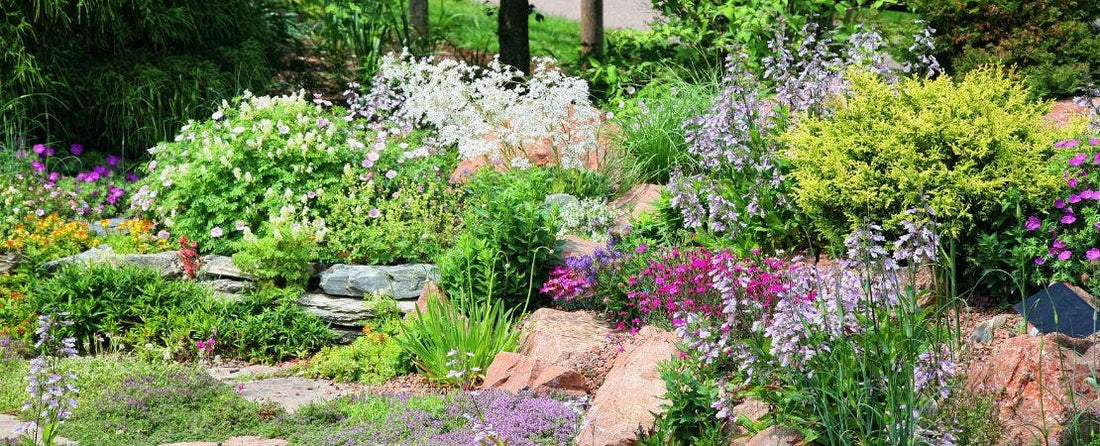
How Perennials Grow: What’s the 3-Year Rule?
Share
Perennial plants provide long-term beauty and reliability in the garden, but they do require some patience. Unlike annuals, which grow quickly and complete their life cycle in one season, perennials take time to establish themselves. Understanding the 3-Year Rule of Perennials"—where they sleep in the first year, creep in the second, and leap in the third—can help gardeners set realistic expectations and have lasting success. Here’s what you need to know about how perennials grow and what to expect during each phase.
Year One: Sleep
The first year after planting, perennials focus primarily on root development. While you may see some foliage and minimal growth above ground, don’t worry, the plant is investing energy below the surface, building a strong foundation for future seasons.
What to Expect in Year One:
- Slow or minimal top growth
- Limited flowering, if any
- Root establishment as the plant adjusts to its environment
How to Support Growth:
- Watering regularly, especially in dry spells, encourages root development.
- Mulch around the base of your perennial to retain moisture and suppress weeds.
Avoid heavy fertilization; too much nitrogen can lead to weak, leggy growth instead of strong

Year Two: Creep
In the second year, the perennial starts to "wake up" and expand. Growth is noticeable but still modest, with an increase in both foliage and flowers. The plant is learning how to adapt to its environment and is slowly spreading its roots and canopy.
What to Expect in Year Two:
- More noticeable foliage growth
- A few more flowers, though not at full potential
- Stronger, more established roots
How to Support Growth:
Year Three: Leap
By the third year, your perennial is fully established and ready to thrive. It may reach its expected size, will produce an abundance of flowers, and display vigorous growth. This is when patience truly pays off.
What to Expect in Year Three:
- Full size and shape of the plant
- Maximum flowering potential
- Healthy, resilient roots that require less intervention from you
How to Support Growth:
- Prune as needed to shape and manage plant size
- Divide overcrowded perennials in early spring or fall to rejuvenate growth
- Continue routine care, but your plant will now be more self-sufficient
Perennial Growth Rates: Not All Plants Are the Same
While most perennials follow this general timeline, some are faster or slower growers. Here are a few examples:
- Fast Growers: Coneflowers (Echinacea), coreopsis, black-eyed Susans (Rudbeckia)
- Moderate Growers: Daylilies (Hemerocallis), hostas
- Slow Growers: Hellebores, clematis, peonies
Setting Your Garden Up for Perennial Success
To get the most out of your perennials, keep these best practices in mind:
- Choose the Right Plants for Your Zone: Some perennials take longer to establish depending on climate conditions.
- Plant in Well-Prepared Soil: Amend soil with compost for good drainage and nutrient availability.
- Space Plants Properly: Overcrowding can hinder air circulation and lead to disease.
- Be Patient: Understanding that year one is for roots, year two is for structure, and year three is for show helps manage expectations and ensures long-term garden success.
Perennials reward patience with years of reliable beauty, but knowing how they grow helps set the stage for success. By following the 3-Year Rule—sleep, creep, and leap—you can confidently nurture your garden, knowing that each season is a step toward colorful, healthy plants. Invest in the process, and your perennials will reward you with lasting garden impact for years to come.

